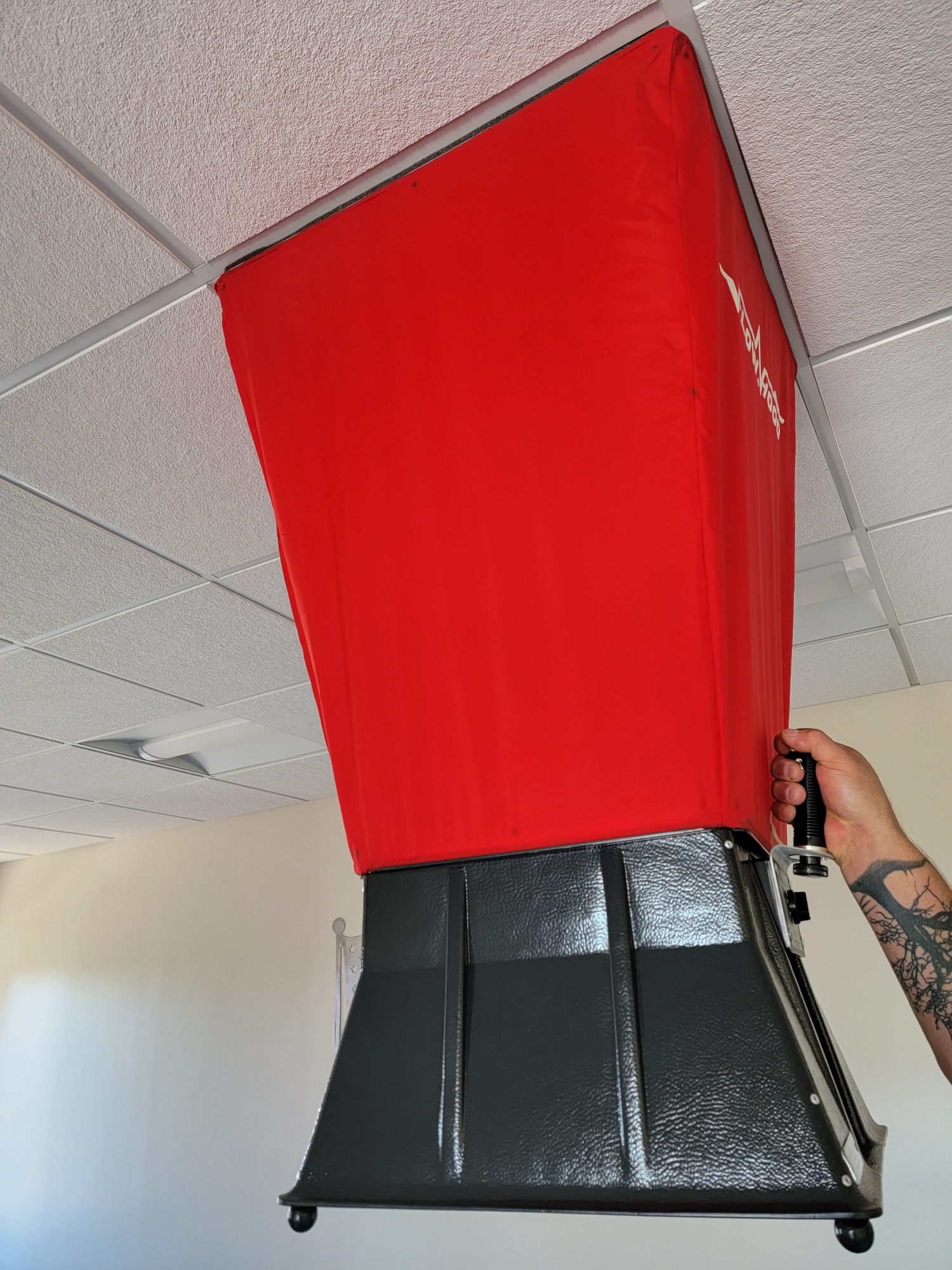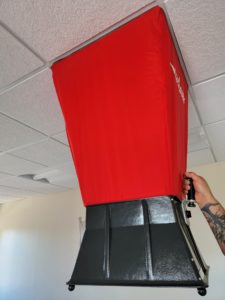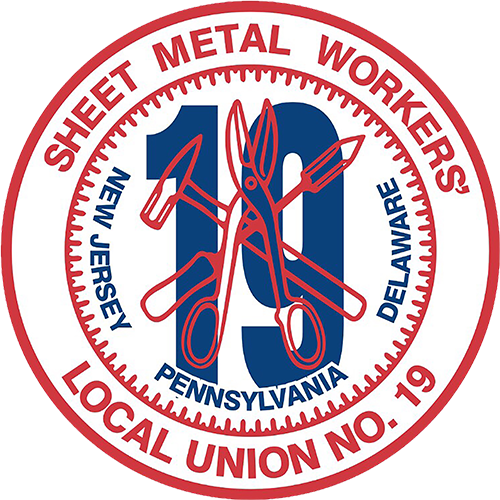
by Patrick Edmonds

The COVID-19 pandemic has been a challenge. As sheet metal workers, a large percentage of our work consists of ventilation systems that help buildings operate efficiently and healthily.
The pandemic has brought the work of TABB and Commissioning to the forefront. Sheet metal workers have seen an increased need for IAQ (Indoor Air Quality) and TAB (Testing, Adjusting, and Balancing) technicians created by this need for healthy indoor air quality and proper ventilation, filtration, airflow patterns, and equipment maintenance. Ventilation Verification and IAQ assessments will help ensure buildings are safe from contaminants, such as pollutants, viruses, and bacteria. Due to the influx of this work, the training provided by sheet metal training centers and the International Training Institute has been spotlighted.
While some of the initial pushback might be “this is testing, adjusting, and balancing (TAB) work, and our members don’t do that.” Our key message is: “It’s not as complex as you think.”
In this step of the process – the assessment of a HVAC system – there is no adjustment required, just a recording of the air flow/filtration numbers on a form provided by NEMI that generates a report of current conditions and the next steps (whether maintenance, repairs, upgrades or replacements) to be determined by a design professional.
Nationally, there is a need for technicians that are trained to do Ventilation Verification Assessments. Most of this work is related to basic sheet metal skills and general knowledge of mechanical systems and components is a necessity. Some key aspects of the assessment are:
- Filtration and Ventilation meet minimum adequate requirements and recommendations.
- HVAC components are functioning, and each unit is maintained to operate as designed.
- Verify air distribution and building pressure.
- HVAC operating schedule matches occupancy requirements.
- All zones shall be equipped with a functioning CO2 monitor with the required capabilities.
- Review of the Ventilation Verification Assessment by a Design Professional.
- Completion of Design Professional’s recommended repairs and adjustments.
- Prepare and submit a final HVAC Verification Report.
- Documentation of final conditions, remaining deficiencies, and a plan to address remaining deficiencies.
- Identifying and providing any grandfathered and/or landmarked establishments that may hinder changes to the HVAC infrastructure.
- Establish a Preventative Maintenance List and Agreement with a vendor.
With proper assessments, design professionals can develop action plans to remedy problems with HVAC systems. In many cases, federal programs are available for commercial buildings that help offset the costs associated with the Ventilation Verification Assessment, systems retrofits, or system adjustments. After the design professional recommends changes, sheet metal contractors can benefit from the remediation work.
Physical verification — and thereby adjustment and/or replacement — of an HVAC system by a skilled, trained, and certified technician will ensure accurate ventilation rates, functioning filtration, and achievement of the desired outcome with money well spent to protect the health and safety of the building occupants.
By being at the forefront of Ventilation Verification work, sheet metal workers can affect change in our communities. Understanding ventilation and its effects on occupants is essential to healthy buildings and work environments.
For more information about Ventilation Verification training please contact your training center.
Additional Resources:
nemionline.org
sheetmetal-iti.org



